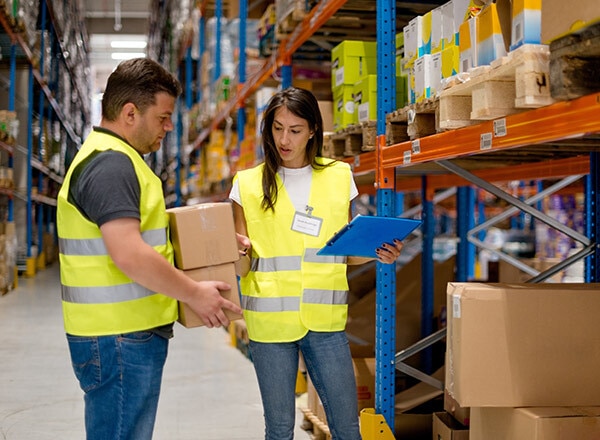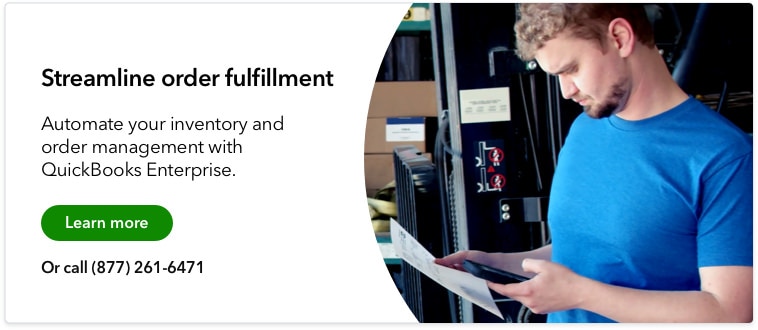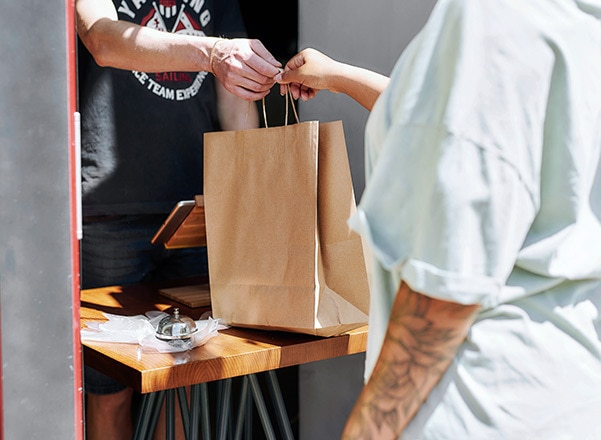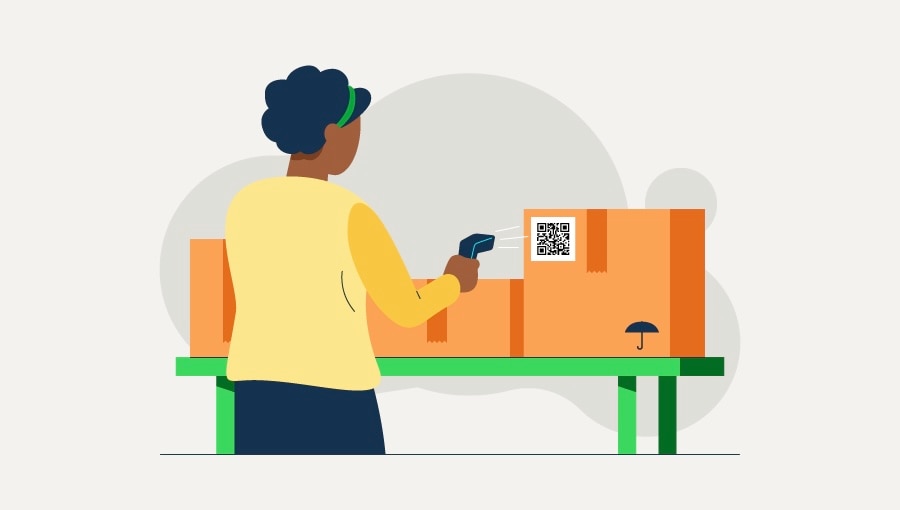Common challenges of order fulfillment
Efficient order fulfillment is crucial, and it isn’t without its hiccups. Many businesses—whether they’re new or established, big or small—can run into order fulfillment challenges, including:
- Incorrect orders: One common reason why customers return their online purchases is because they received the wrong item. For effective order fulfillment to happen, businesses need to have streamlined systems, processes, and tracking in place to ensure orders aren’t just filled but filled correctly.
- Improper inventory management: To fulfill orders, you need to ensure you have the right inventory. Without inventory management software and efficient workflows in place, you run the risk of selling out-of-stock items or needing to inform customers of backorders. That can be costly in terms of your reputation and your bottom line.
- International shipping: Order fulfillment can feel complicated enough when all of your customers are based in your same country. Add international shipping (and the added costs and requirements associated with it) into the mix, and it makes for a common order fulfillment hurdle.
Those are some standard challenges. But, the COVID-19 pandemic threw even more wrenches at online retailers. Global supply chains were interrupted, yet more people were shopping online than ever.
All of that combined has presented major roadblocks for ecommerce stores in the form of shipping delays, staffing shortages, and constantly-shifting government regulations.
As a result, some businesses have added BOPIS (buy online, pickup in-store) or click-and-collect order fulfillment options for customers. With this model, customers pick up their purchases at a local store location rather than having their purchase shipped directly to their home.
This reduces the costs of last-mile delivery (a term for when purchases make their last move to their final destination, which is often the most costly part of fulfillment) and gives customers another way to get their orders quickly.












